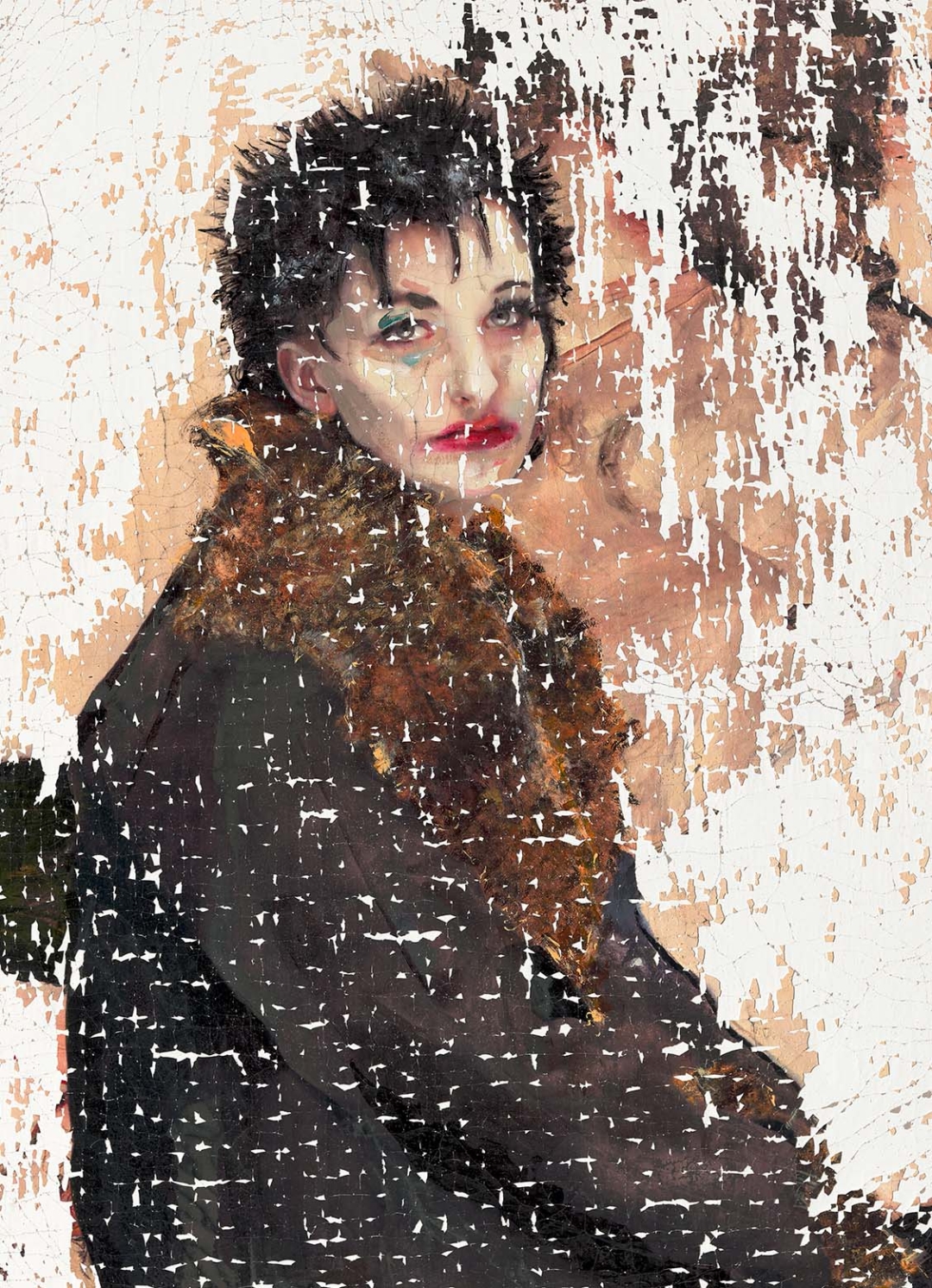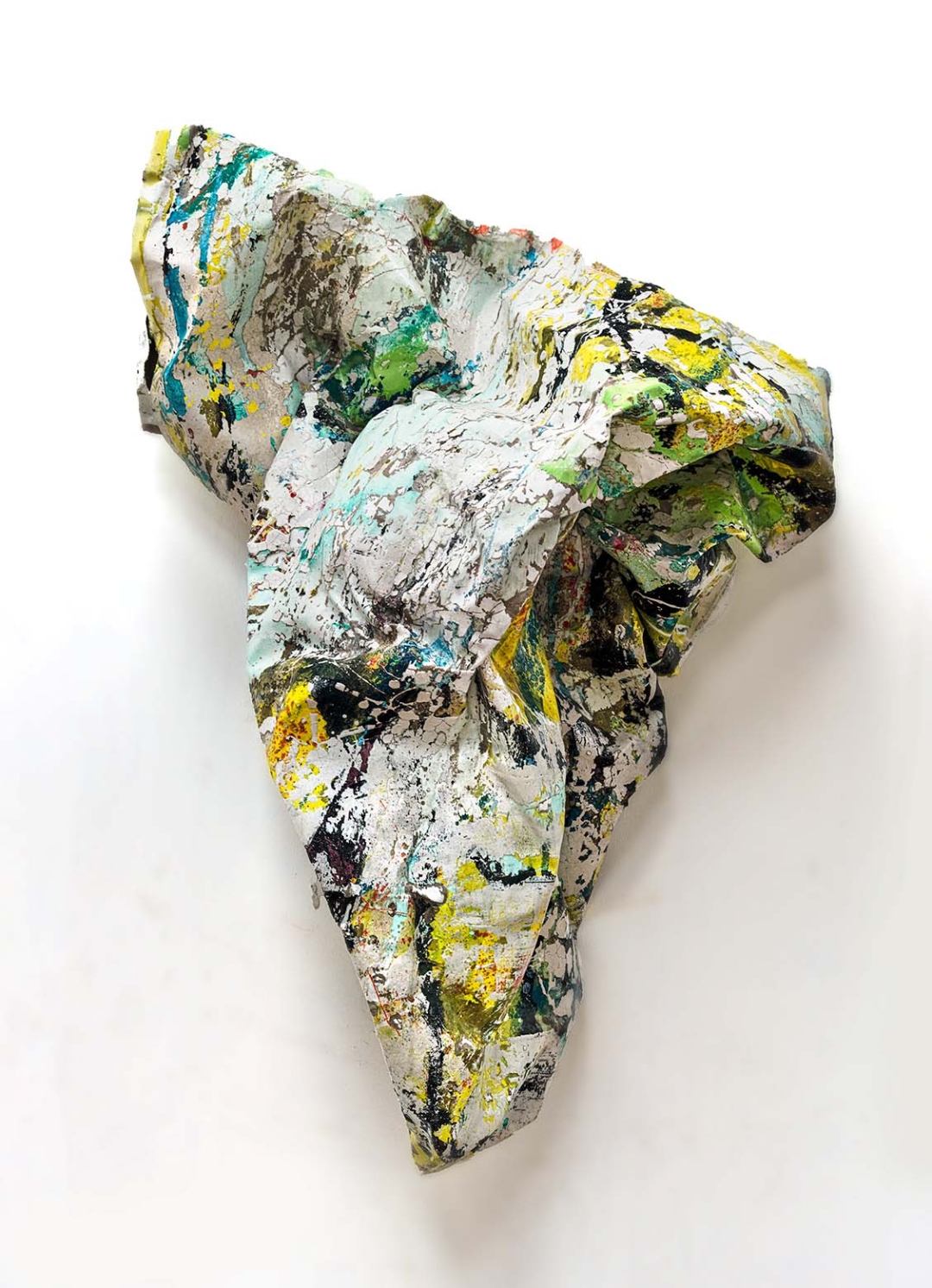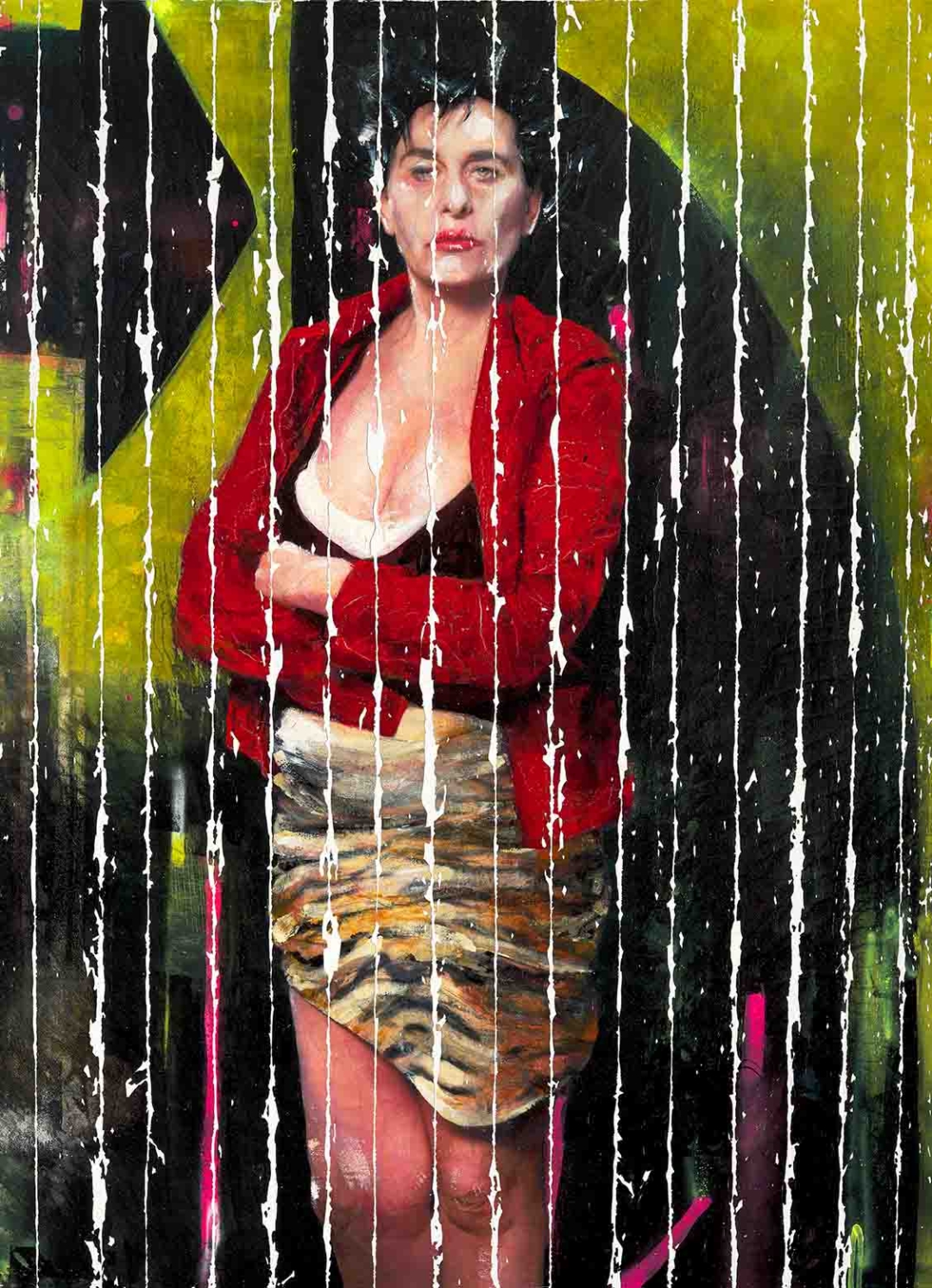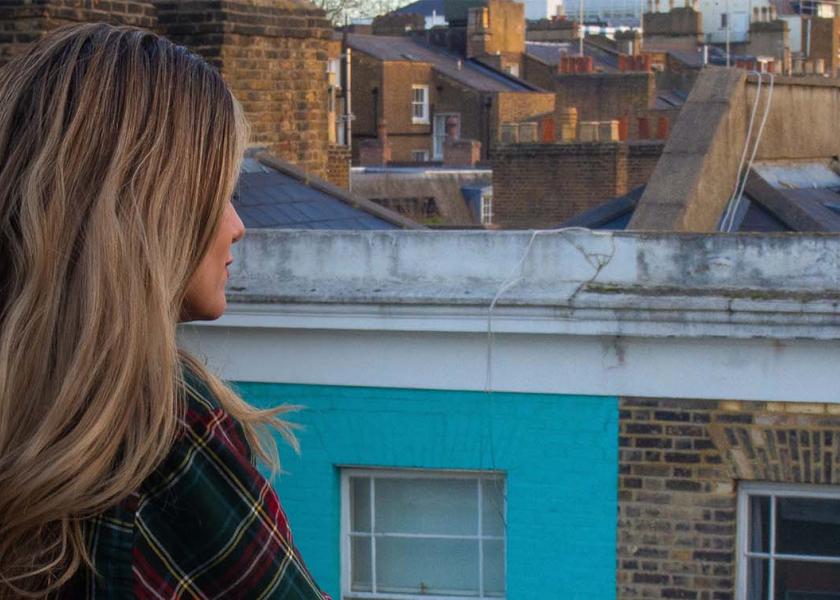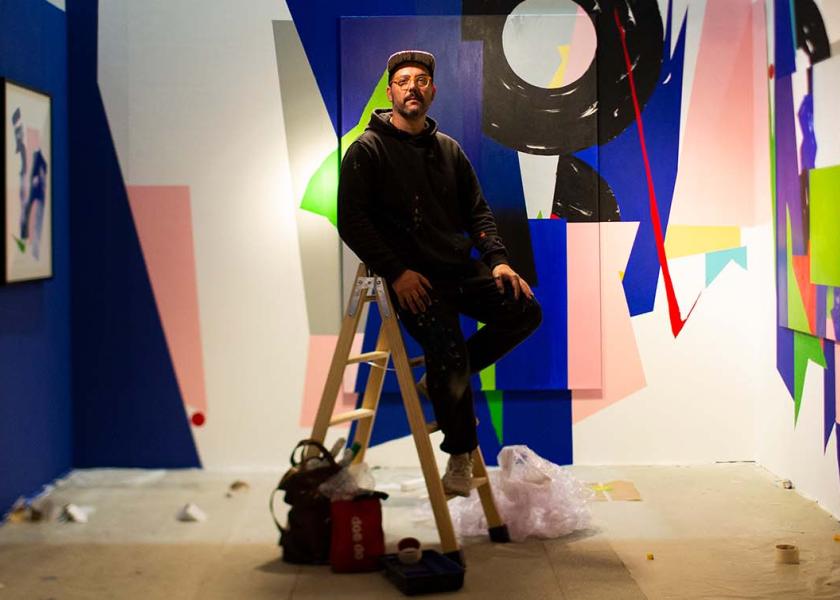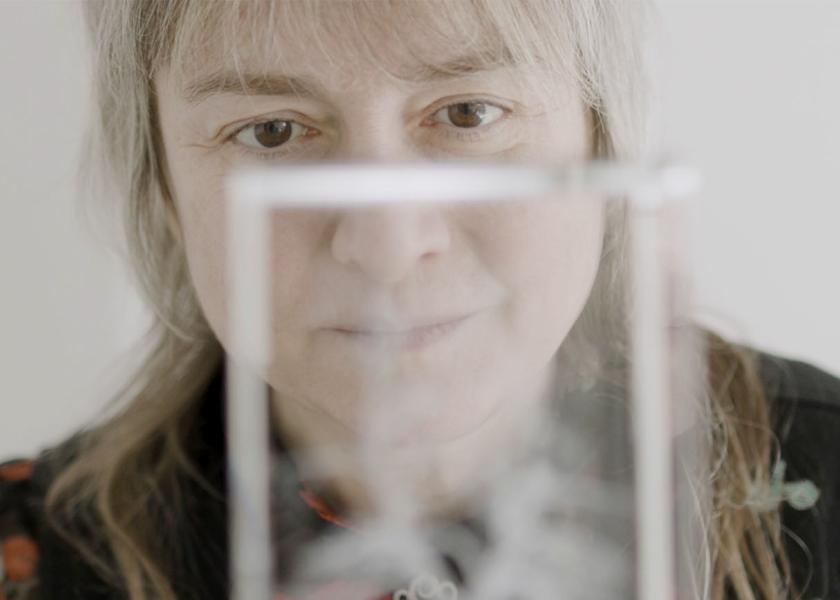Lita Cabellut
The strength of art
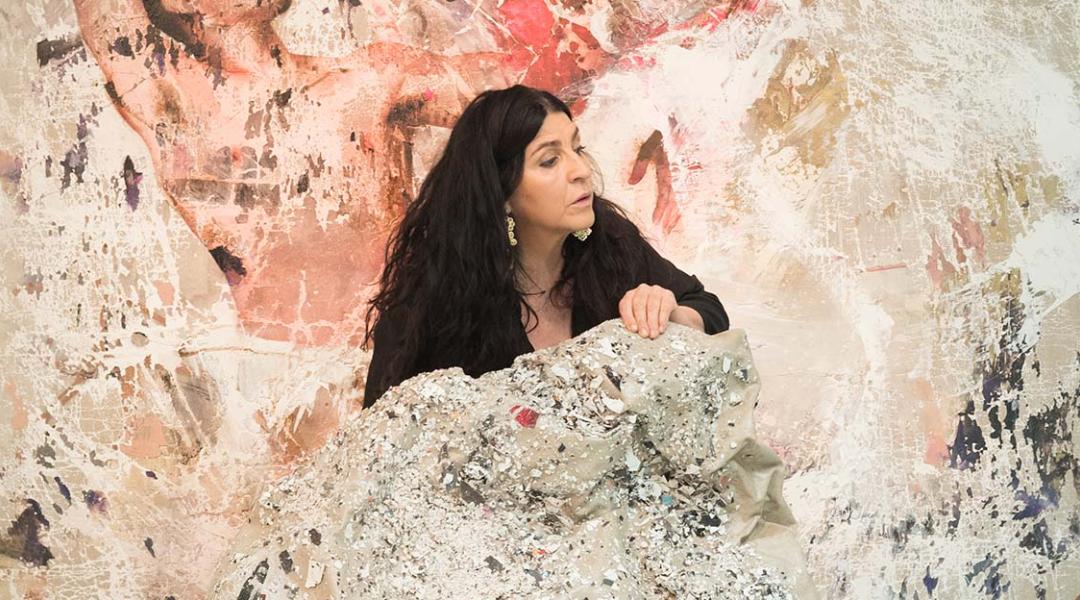
The most internationally renowned living Spanish artist represents the endless search for beauty in any of its forms, including human drama. Through innate dexterity, her art exudes a cascading force that captures a world of indescribable chiaroscuros. Settled in The Hague since the age of 19, that's where she opens her artistic soul to us.
Artist: a person who practises or performs any of the creative arts (Oxford Dictionary). In the case of Lita Cabellut (Sariñena, 1961) she has many creative skills, and they go beyond painting on canvas. Each branch of art she works on always draws the same thing from her inner world: “The same feeling, the same passion, the same fear, the same fatigue; the only thing that changes is the materials. I know some better than others, but it’s exactly the same. Art surpasses any matter description.”
Some describe her as a portrait painter of lost souls, a concept that Lita herself puts into context because it disregards the part about winning or losing. “Some experiences are pleasant and others, traumatic, but they’re always something you gain in life.” Beyond values —a sale for more than $150,000— and recognition —artist of the year 2021 in the Netherlands— her personal victory consists of working with no set limits. “Life has given me a flexible imagination to be able to bend with each of the folds in my works,” she says, referring to the deconstruction process where she breaks, twists, and transforms her own “finished” canvases. Stop being to be.
Can Lita Cabellut’s art be defined?
“What they think isn’t important, what’s important is to find what I’m looking for.” That’s how I’d define it. I often compare myself to a research scientist. My art has a lot of that.
Why do you portray characters that speak of heartlessness and heroism at the same time?
Perhaps because the way I perceive people is hyperrealist. The contrast between light and darkness, the divine and the catastrophic, is what shapes human beings. As intelligent animals, we suffer the consequences of rationality, which isn’t always the most indulgent thing in life.
“The contrast between light and darkness, the divine and the catastrophic, is what shapes human beings”
Some of your latest portraits seem less dramatic. Are you evolving towards optimism?
I’ve always painted portraits optimistically, what happens is that I try to not judge heart-breaking things, or things that confront us. It’s the intuition I use to observe the people I meet that decides who’ll be portrayed on my canvas.
Is your work more about the creative process itself?
Yes, because the way I work is like writing a novel. I start with a chapter, and the following ones manifest themselves and demand different shapes, colours, lines, or patches that become universal self-portraits. The process is something the artist shouldn’t and can’t control, and when it is controlled, we’re no longer talking about that truth that art demands.
Your models, like those in the Blood Wedding series, appear with paint splashes, revealing a prior action full of passion and intensity. Is that what it’s always like?
Yes, before entering a canvas, losing myself among its cracks and finding myself in each corner, I need to know and touch the model and already see a result of the process. They’re like “body sketches”.
Is there a mystical side to your physical deconstruction of your works to transform them into something else?
Yes, that was the philosophy and strength behind the concept to take the leap. Deconstruction involves a huge risk and a journey into the unknown. Keeping in mind that mystical side you mention, if we want to learn we must forget what we already know. If we want to live, we must leave the past behind because it no longer serves us, and leave the future to others, because it’s a promise no one can keep. So, in the end there’s just “you” and “now”. For me, they’re exercises to get closer to freedom and become a better person.
Can beauty be unbearable?
Unbearable and painful because we can’t defend ourselves against it. When it touches us, all we can do is bow down. In the last centuries we’ve insisted on giving it another name, what was beautiful is now kitsch, what was brutal is now “pure feeling”. Now we’re tending towards being humble again and letting beauty take its shape and name.
“Beauty can be unbearable because we can’t defend ourselves against it, all we can do is bow down”
You say that observation and intuition are the two driving forces behind your talent and creative process. Would the third be the inspiration your work brings to the world?
I’d love it to be so! I’d love to inspire self-love, self-compassion, and self-indulgence; strength to understand the unknown; determination to defend human rights; laughter despite the light going out sometimes; the drive to walk on dangerous ground; a desire to kiss the ground we walk on. All that and much more. I’d feel really useful if it were so.
As an artist, do you believe it’s your duty to be a voice for others?
Yes, one hundred percent. An artist has freedom, materials, and, with a bit of luck, a voice. It’d be scandalous and treacherous to not use it to try to improve humanity and connect us universally.
Spanish talent sometimes struggles to be recognised abroad. This isn’t your case. What did being considered artist of the year 2021 in the Netherlands mean to you?
You can’t imagine how surprised and thrilled I was about receiving that nomination. It was an honour because it is my country of residence for many years now. They’re also very demanding and big fans of culture.
“An artist has freedom, materials, and, with a bit of luck, a voice. It’d be treacherous to not use it to try to improve humanity”
Is Lita Cabellut the artist always at work?
Yes, but my work is also passive. It’s in silence, in reflection, in delving into a title and understanding the composition of a work or the next series. Work can be mute, deaf, blind, and even paralysed. And outside of that passive work, my studio is one big performance, I assure you.
What projects are you actively working on now?
The most immediate is a film about Charles Chaplin (A Man of the World), directed by his granddaughter, where his mother, Hannah Chaplin, takes centre stage. I’m doing a series of animations to recreate crucial moments from his childhood. For me it’s a challenge and I’m thrilled about the project. At the same time, I’m working with Women of the Night, a collection of works about prostitutes throughout history and art in which I want to capture the way artists have reflected them: through poverty, squalor, pain, isolation... But I also want to show their roles as mothers, wives, and daughters, and through them share my commitment.
On your Instagram profile you state that you are "more than a painter", that you are "a storyteller". Are there stories you have yet to tell?
Hopefully many and hopefully worth listening to. The stories will always be the same: sky catastrophes and human being virtues.
